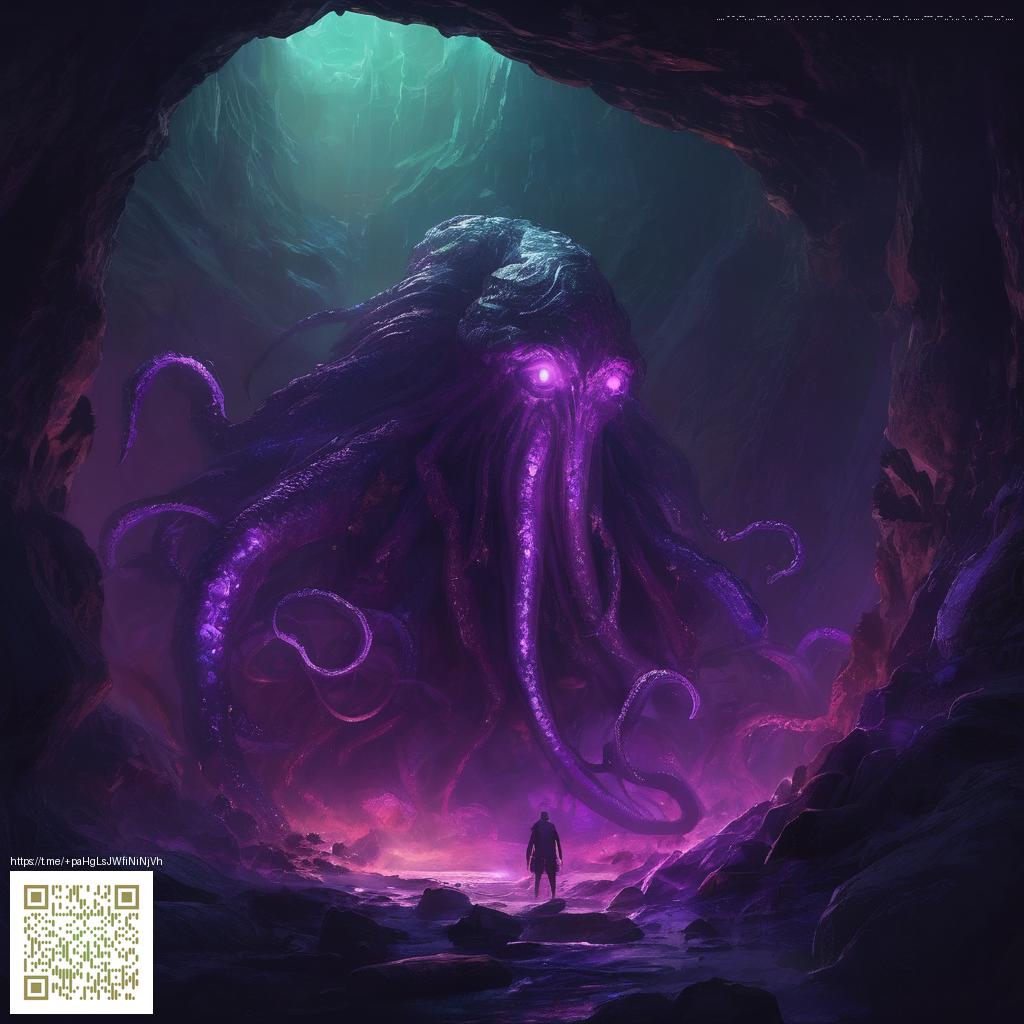Understanding Crypto Pet NFTs in Games
Crypto pet NFTs have moved from a niche idea to a recognizable feature in modern gaming ecosystems. At their core, these assets are unique, verifiable digital pets that players own on the blockchain. Unlike traditional in-game items that live inside a single game’s servers, NFT pets are tied to public records on a blockchain, granting players true ownership, portability, and the potential for cross-game interoperability. The result is a new layer of player-driven value, creativity, and community around digital collectibles.
How these assets work in practice
When you acquire a crypto pet NFT, you’re purchasing a unique token that represents a specific pet with its own traits, history, and potential in-game effects. The ownership is recorded on-chain, which means you can sell, breed, or transfer your pet across compatible platforms without relying on a single game’s internal economy. Many projects also introduce utility beyond mere aesthetics—pets can unlock special abilities, participate in battles, grant passive bonuses, or influence outcomes in select events. To participate safely, it’s helpful to understand the difference between a pet’s appearance and its on-chain attributes, which are the real source of value.
“Digital ownership changes the relationship players have with virtual goods. When a pet NFT is truly owned by a player, it invites experimentation, breeding, and a broader market that extends beyond any one game.”
For players, this new layer means you’re not buying a disposable asset. Your NFT pet can accrete attribute-based value as the ecosystem evolves, much like real-world collectibles. It also raises practical questions about where to buy, how to verify authenticity, and how to protect your wallet from fraud. If a game supports cross-contract interactions, your pet’s utility might scale across multiple titles, creating a more durable, shared universe for fans.
Practical considerations for players
- Security first: Use a reputable wallet and enable hardware-backed backups. Phishing attempts often target popular NFT projects, so verify project names and official links before making a purchase.
- Gas and fees: Depending on the blockchain, minting and transferring pets can incur costs. Budget for these fees when planning trades or breeding cycles.
- Rarity and provenance: Pet attributes are usually fixed at mint and determine rarity. Check on-chain metadata and project documentation to understand how rarity translates to in-game value.
- Market dynamics: NFT pet prices can swing with hype, game updates, and community momentum. Approach purchases with a long-term view rather than chasing quick flips.
- Developer credibility: Look for transparent roadmaps, verifiable contract audits, and active community channels. A solid foundation helps reduce risk as the ecosystem grows.
For those who like to pair digital ownership with tangible gear, consider a practical gadget to complement your gaming setup. For example, the Neon Card Holder Phone Case MagSafe Compatible can keep essential cards close at hand during long sessions, blending style with everyday utility. If you’re curious about additional perspectives on this topic, you can also read a concise overview on the linked page.
Best practices for developers and players alike
- Standards matter: Favor widely supported token standards (like ERC-721/1155 on compatible chains) to maximize cross-game usefulness and reduce fragmentation.
- Clear utility: Define what a pet does beyond appearance. Whether it’s stat boosts, access to exclusive areas, or breeding mechanics, clear value helps players invest with confidence.
- On-chain transparency: Publish metadata schemas and contract audit results. A transparent approach builds trust and encourages sustainable growth.
- Community governance: Involve fans in decisions about pet traits, future features, and marketplace rules to keep the ecosystem vibrant and inclusive.
As players explore these projects, they’ll notice the social dynamics are as important as the mechanics. Rarity becomes a social signal, breeding becomes a collaborative activity, and marketplaces turn into vibrant hubs where strategy, timing, and community sentiment all matter. This blend of technology and culture is what makes crypto pet NFTs in games both compelling and sometimes unpredictable—a combination that invites careful exploration and responsible participation.
